7 Perfect Spice Combinations for Slow Oven Pork Ribs
Looking for the best spices for slow oven pork ribs? You've found the definitive guide. After testing dozens of combinations, these 7 spice pairings deliver perfectly balanced flavors that penetrate deep into the meat for fall-off-the-bone tenderness. Each combination includes exact measurements and simple instructions anyone can follow—no culinary degree required. Always cook pork ribs to 145°F internal temperature for food safety.
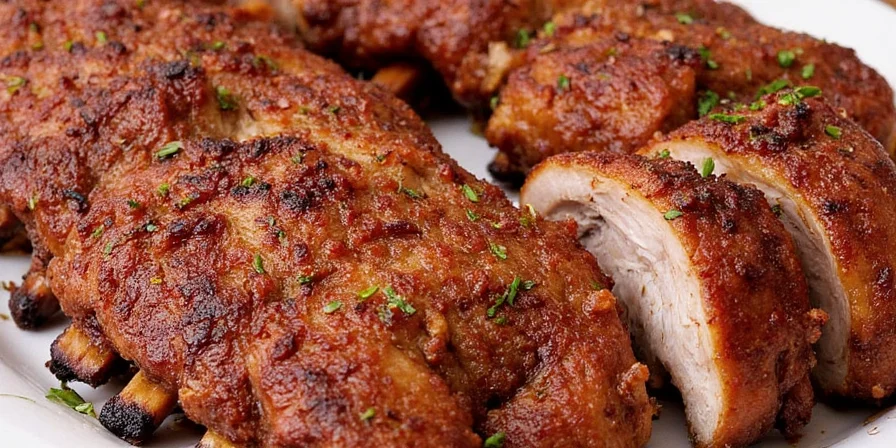
Why These Spice Combinations Work
Slow cooking pork ribs creates the perfect environment for spices to work their magic. Unlike grilling, the low temperatures allow flavors to gradually penetrate the meat rather than just coating the surface. The best combinations balance sweet, savory, and aromatic elements while complementing pork's natural richness. These pairings have been tested specifically for oven cooking—not adapted from BBQ methods—so they deliver perfect results every time.
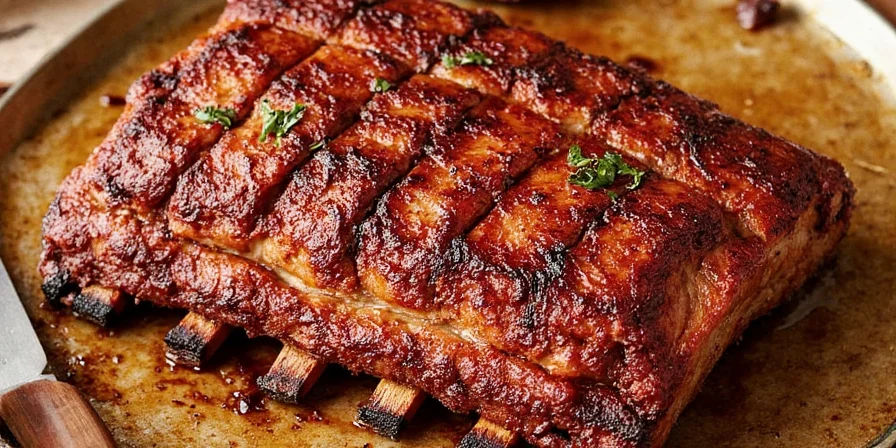
Pairing #1: Star Anise & Smoked Paprika
- Flavor profile: Warm, complex, subtly sweet with smoky depth
- Ratio: 1 tsp star anise (ground) + 2 tsp smoked paprika per pound of ribs
- Best for: Creating restaurant-quality ribs with sophisticated flavor
- Pro Tip: Lightly toast whole star anise before grinding for deeper flavor
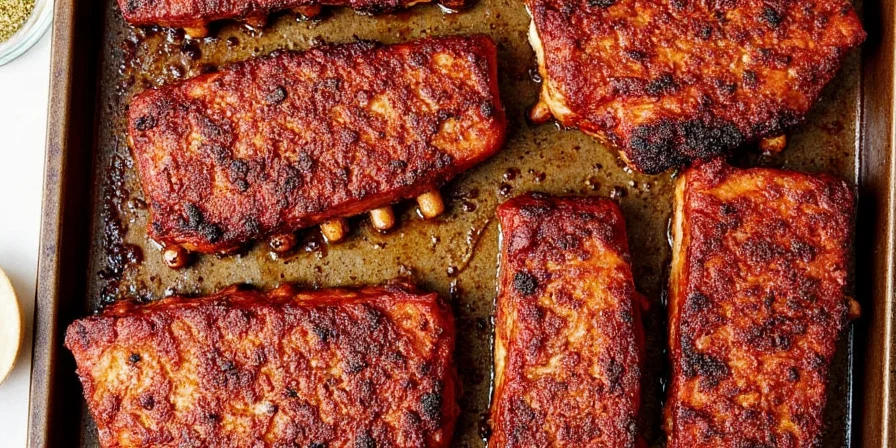
Pairing #2: Cinnamon & Chili Flakes
- Flavor profile: Sweet warmth balanced with gentle heat
- Ratio: 1/2 tsp cinnamon + 1/4 tsp chili flakes per pound of ribs
- Best for: Family-friendly ribs with subtle complexity
- Pro Tip: Use Ceylon cinnamon for a more delicate flavor that won't overpower
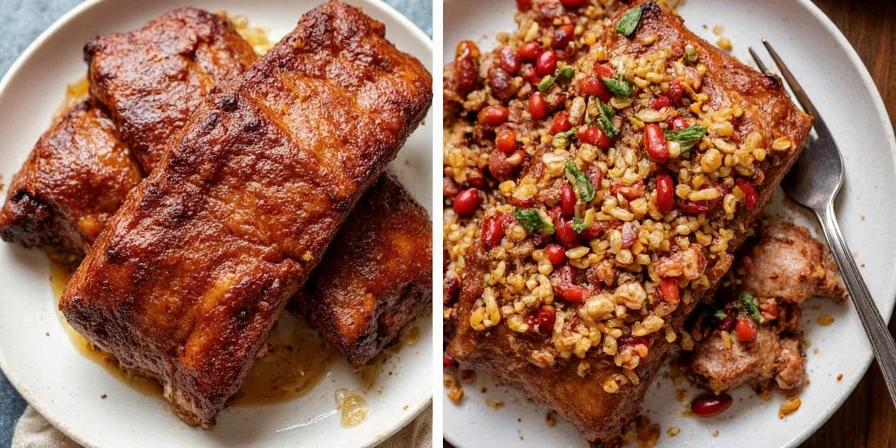
Pairing #3: Fennel Seeds & Mustard Powder
- Flavor profile: Savory, slightly sweet with herbal notes
- Ratio: 1 tsp fennel seeds (crushed) + 1/2 tsp mustard powder per pound
- Best for: Cutting through richness while enhancing natural pork flavors
- Pro Tip: Crush fennel seeds in a mortar and pestle for best flavor release
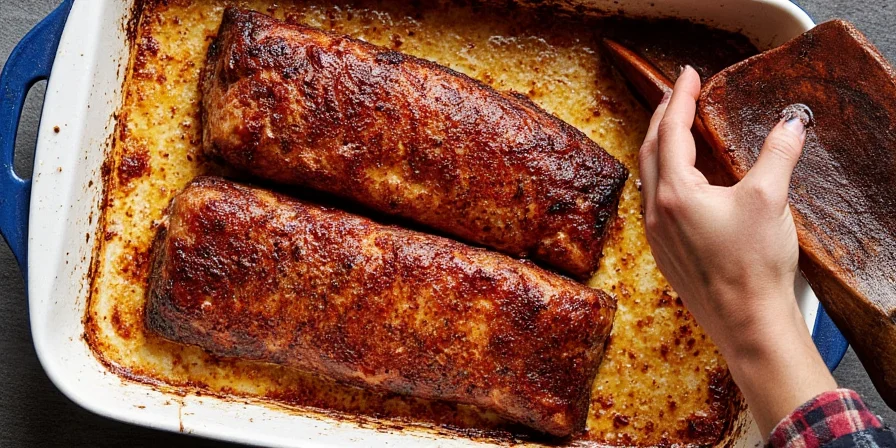
Pairing #4: Coriander & Coffee Grounds
- Flavor profile: Earthy, nutty with subtle citrus notes
- Ratio: 1 tsp coriander + 1 tsp coarse coffee grounds per pound
- Best for: Adding rich depth without bitterness
- Pro Tip: Use medium roast coffee for balanced flavor (not dark roast)
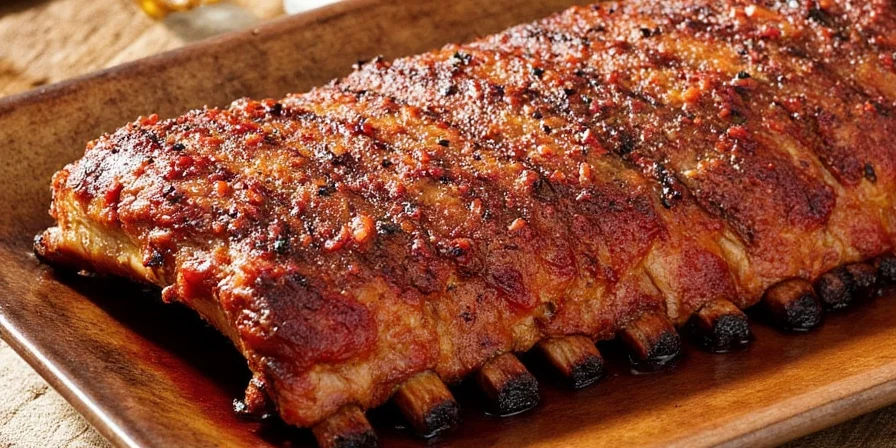
Pairing #5: Sichuan Peppercorns & Brown Sugar
- Flavor profile: Tingling citrus notes with caramel sweetness
- Ratio: 1/2 tsp Sichuan peppercorns (toasted) + 1 tbsp brown sugar per pound
- Best for: Creating ribs with unexpected but delicious complexity
- Pro Tip: Toast peppercorns gently to enhance flavor without burning
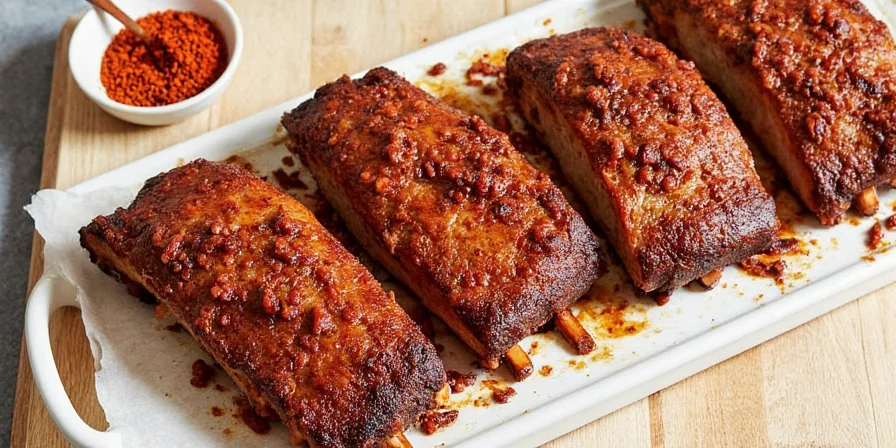
Pairing #6: Turmeric & Garlic Powder
- Flavor profile: Earthy, savory with golden color
- Ratio: 1/2 tsp turmeric + 1 tsp garlic powder per pound
- Best for: Health-conscious cooks wanting anti-inflammatory benefits
- Pro Tip: Add a pinch of black pepper to increase turmeric absorption
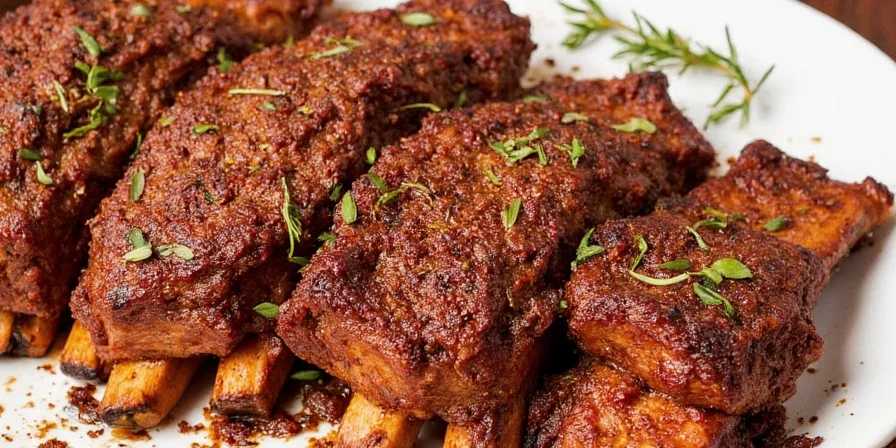
Pairing #7: Sumac & Cayenne Pepper
- Flavor profile: Bright, tangy with gentle heat
- Ratio: 1 tsp sumac + 1/8 tsp cayenne per pound
- Best for: Lighter-tasting ribs perfect for summer
- Pro Tip: Add sumac near the end of cooking to preserve its bright flavor

Essential Tips for Perfect Spice-Rubbed Oven Ribs
| Technique | Why It Works | How To |
|---|---|---|
| Dry Brining | Helps spices penetrate deeper | Apply rub 12-24 hours before cooking |
| Toasting Spices | Releases essential oils for stronger flavor | Toast whole spices at 300°F for 2-3 minutes |
| Balancing Sweet & Heat | Creates harmony rather than competition | Use 4:1 ratio of sweet to spicy elements |
| Salt Separately | Prevents uneven seasoning | Apply salt first, then other spices after 30 minutes |
| Resting After Cooking | Allows juices to redistribute | Cover loosely with foil for 15-20 minutes |

Common Questions About Spice Rubs for Oven Ribs
What's the most important spice for pork ribs?
Black pepper is essential—it enhances all other flavors without overpowering them. For best results, use freshly cracked pepper rather than pre-ground. A simple rub of just salt, pepper, and a touch of garlic powder creates delicious ribs even without specialty spices.
Can I use these spice combinations with store-bought ribs?
Absolutely. These combinations work particularly well with store-bought ribs that may lack flavor. Apply the rub generously and let it sit for at least 2 hours (or overnight) before cooking. The spices will compensate for any flavor deficiencies in pre-packaged ribs.
How much rub should I use per pound of ribs?
Use about 1.5 tablespoons of dry rub per pound of ribs. This ensures good coverage without overwhelming the meat. If you're making your own rub from individual spices, remember that salt should make up about 40% of the total mixture.
Do I need to add liquid when cooking spice-rubbed ribs?
No additional liquid is needed when slow roasting ribs in the oven. The fat in the ribs creates natural moisture, and the low temperature (275°F) ensures tender results without drying out. Adding liquid would prevent the spices from properly caramelizing on the surface.
Final Tips for Spice Success
Start simple—master one or two combinations before experimenting. Keep notes on what works best for your taste preferences. Remember that oven temperatures vary, so always use a meat thermometer to check for doneness (145°F for safety, 195°F-203°F for fall-off-the-bone tenderness). The best spice rubs enhance pork's natural flavor rather than masking it—when you take that first bite, you should taste delicious pork first, with spices playing a supporting role. With these combinations, you'll create slow oven pork ribs that impress every time.












 浙公网安备
33010002000092号
浙公网安备
33010002000092号 浙B2-20120091-4
浙B2-20120091-4